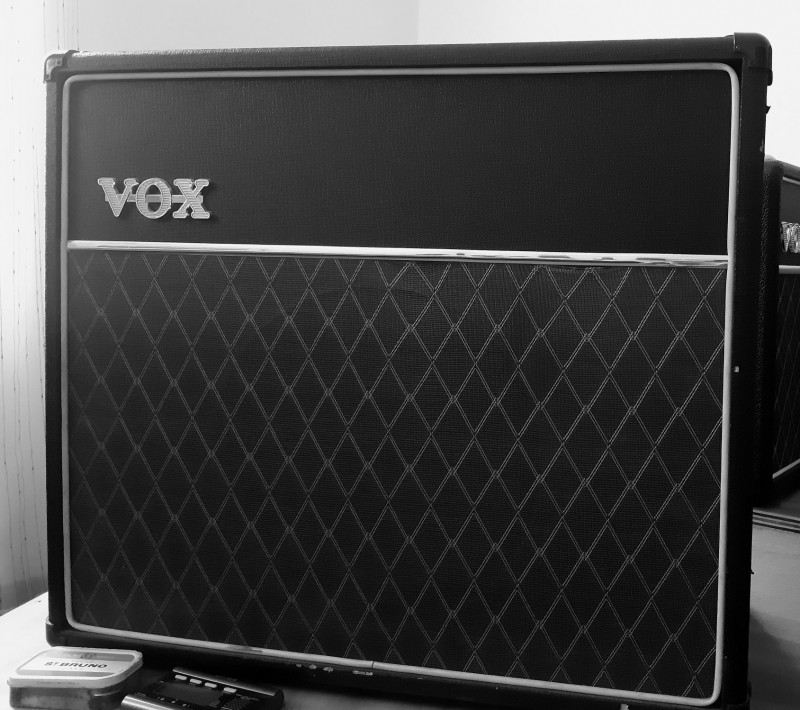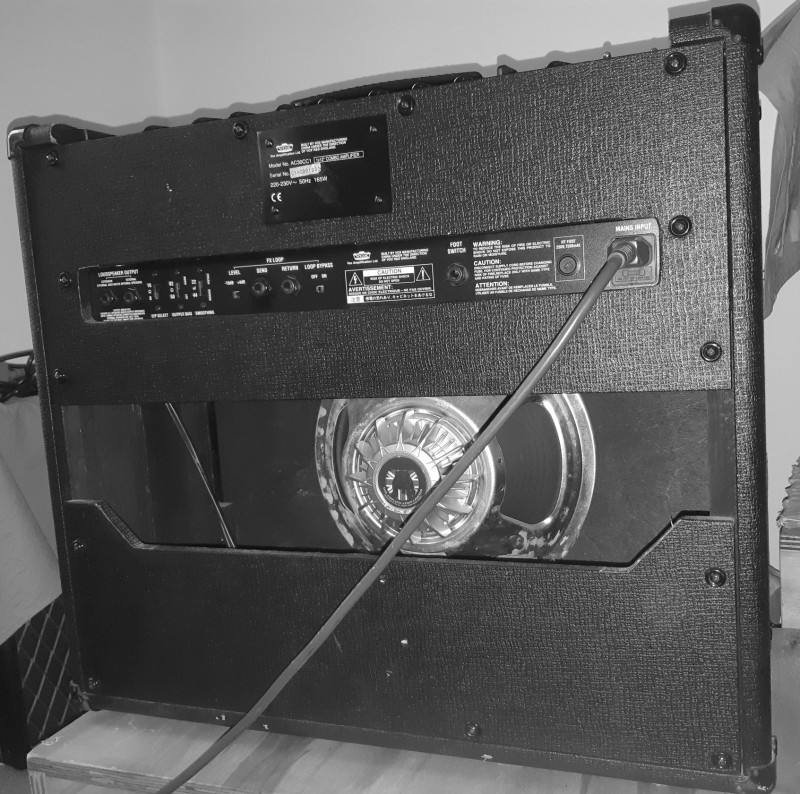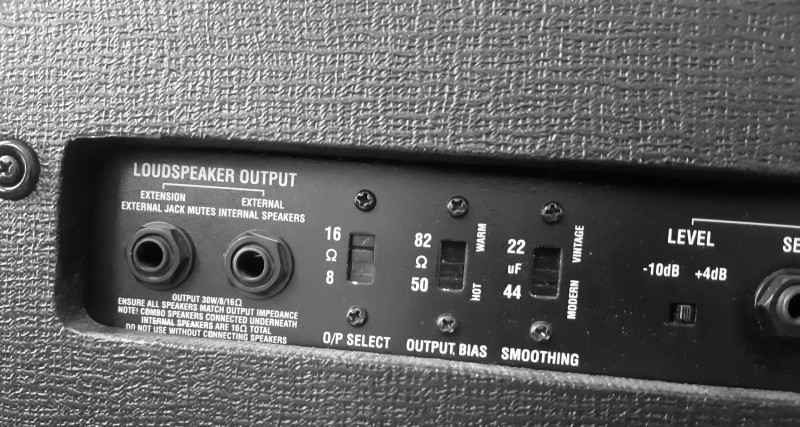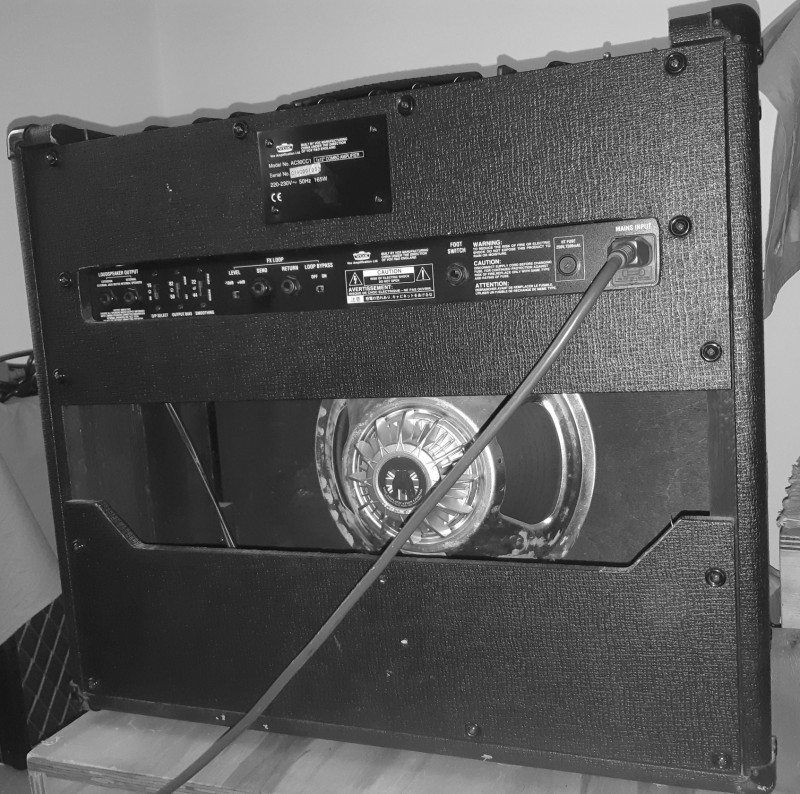The Gear Junkie recently sent me this old VOX AC30CC1 amp. They did insist I pay something into their bank account first, but, otherwise, they are nice fellows.


The amp looks good for it’s age and probable use profile. It will take me a while to run through all the switch settings, and even longer to pull the chassis to see if any modifications were done to the basic circuitry. The internet keeps suggesting users should clip the bright caps. I’ll keep the bright caps, thanks, not using gain pedals.
The internet also suggests one does not use the standby switch, it apparently burns out the rectifer tube (GZ34) and caps, but I have not compared the switch circuit to those who seem to work. The standby switch in this design interrupts the circuit between the ground bus and the power transformer center tap. On startup only the heater filaments get power, flipping the standby switch to “ON” gives the smoothing capacitors all the inrush current they desire. The “fix” might be a current limiting resistor?
The circuit has a few switches for optional settings, allowing the user to tweak the tone profile:

A brilliance switch on the “normal” channel. Handy.
A “normal” (traditional VOX) and “custom” setting for the tone stack, to do with how the Bass pot is grounded. This was on “Custom” when I first tested the amp, could not understand why my usual Vox settings did not seem to gel… Re-read the instructions first.
A normal vs. lower power cathode resistor switch. Apparently full power vs. 22 Watts, by increasing the power amplifier EL84 tubes’ cathode bias resistor value. One could add more resistors and a toggle switch to cut off two of the four EL84 power amplifier tubes, and make it an AC30/AC15, one could even add an extra output transformer to make it an AC30CC1/AC15CC1/AC10CC1.
A switch for higher smoothing capacitor value, or a lower, more “vintage” smoothing capacitor value. Said to be more noisy and “loose” with the lower smoothing setting. Will I even notice at my low playing volume?
The effects loop has a bypass switch, enabling you to remove it from the signal path.
The reverb has a more/less drive switch, depending on whether one use high or low gain from the pre-amplifier. No idea how this works, probably to avoid mud and unpleasant sound from pushing a high gain signal into the reverb tank. Yeah, a nice big spring reverb tank!
The “Normal” and “Top Boost” inputs are separate, but can be linked with a switch if you are plugged into the “Top Boost” input.
And it has the Cut Control and Master Volume after the phase splitter.
The speaker is a Neodynium Celestion “Vox Neo-Dog”, a decent “upgrade” will cost more than the amp, with our current exchange rate.

This might turn out to be a versatile bedroom amplifier, I do like what I hear with the AC15C2, hope this works as well. Good thing about this one, decent PCB design, no miniature surface mount technology, decent chassis design, said to have a ply cabinet, one should be able to work on it, if needed.
Yes, the internet is full of nay-sayers for using these big amplifiers as low-volume amps, but my ears say a good big amplifier does give a nice low volume tone. I may never get to hear what it really can do, but I can say, to my ears, these “too loud” VOX amplifiers sound better at low volume than my Marshall HAZE 40.